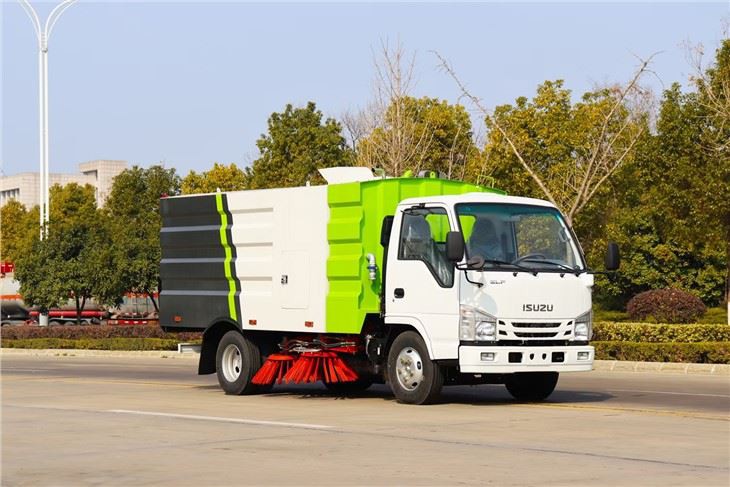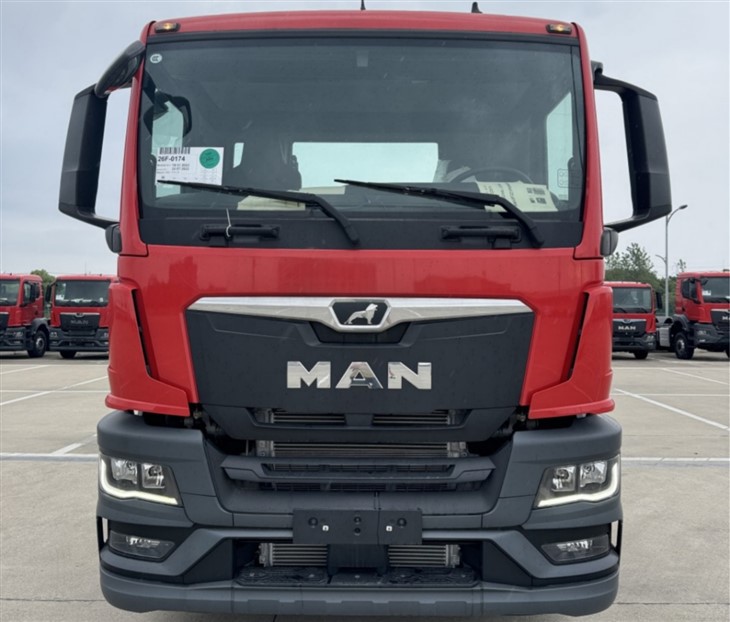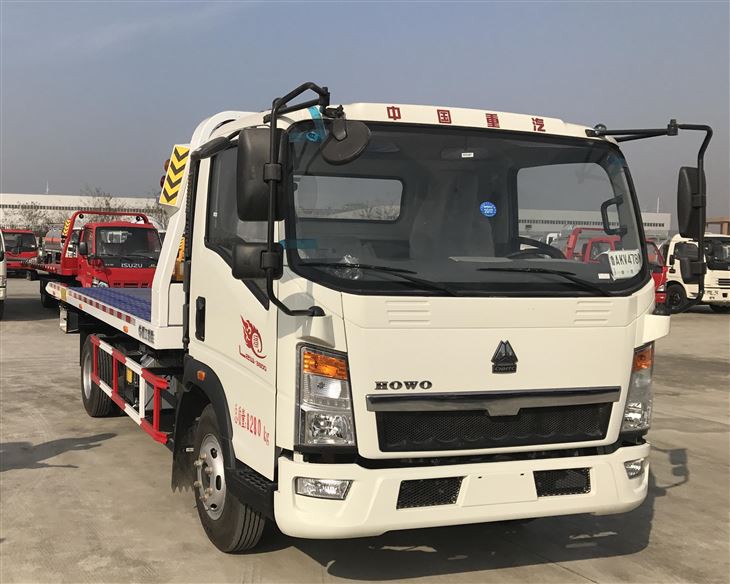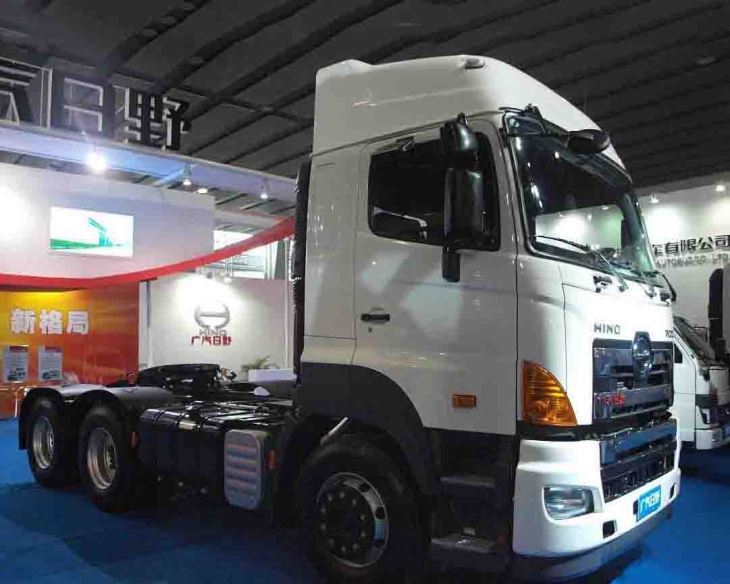Introduction
Excavators are vital machines in the construction, mining, and landscaping industries. Among the various sizes of excavators available, the 12 ton excavator stands out for its versatility and power. This article aims to provide a comprehensive overview of the 12 ton excavator, exploring its features, applications, and benefits in various sectors. Whether you’re a construction manager, contractor, or simply interested in heavy machinery, you’ll find valuable insights here. By the end of this article, you’ll have a deeper understanding of the 12 ton excavator and how it can help achieve your project goals.
1. What is a 12 Ton Excavator?
A 12 ton excavator is a heavy-duty construction machine designed to dig, lift, and move materials. With a weight of 12 tons, these excavators can handle substantial workloads while maintaining a balance between power and maneuverability. Often equipped with a bucket, they are also compatible with various attachments, allowing for a wide range of functions, from digging trenches to demolishing structures.
1.1 Key Specifications
| Specification | Description |
|---|---|
| Operating Weight | 12,000 kg (approximately 26,455 lbs) |
| Engine Power | 80-100 HP (varies by model) |
| Digging Depth | Up to 4.5 meters (14.8 feet) |
| Bucket Capacity | 0.4-0.7 cubic meters |
| Height | Varies by model (typically around 3 meters) |
2. Advantages of Using a 12 Ton Excavator
2.1 Versatility
The 12 ton excavator is incredibly versatile, making it suitable for various applications such as excavation, site preparation, trenching, and even some demolition tasks. The ability to switch attachments enhances its functionality.
2.2 Maneuverability
Being relatively compact compared to larger excavators, the 12 ton model can operate in tighter spaces, making it ideal for urban construction sites or residential projects.
2.3 Fuel Efficiency
Modern models are often equipped with advanced engines designed for fuel efficiency, allowing operators to complete tasks without excessive fuel costs. This not only reduces operational expenses but also minimizes environmental impact.
2.4 Ease of Operation
12 ton excavators are designed with operator comfort in mind. They often include features like ergonomic controls and spacious cabs, making them easier to operate over long periods.
3. Common Applications of a 12 Ton Excavator
3.1 Construction Projects
In construction, these excavators are often used for site preparation, trenching for utility lines, and foundation digging. Their capacity allows them to handle various materials efficiently.
3.2 Landscaping
In landscaping applications, 12 ton excavators are excellent for moving soil, creating ponds, retaining walls, and other earth-moving tasks necessary for landscaping enhancement.
3.3 Demolition
Equipped with the right attachments, such as hydraulic breakers, these excavators can effectively demolish small to medium structures, making them suitable for urban renewal projects.
3.4 Road Construction
When building or rehabilitating roads, 12 ton excavators are crucial for excavation and grading, as well as for lifting and placing heavy materials.
4. Choosing the Right 12 Ton Excavator
4.1 Assess Your Project Needs
Consider the specific requirements of your project—digging depth, material types, and site conditions. This will help you determine the best model for your needs.
4.2 Consider Attachments
Choose a model that supports various attachments, such as buckets, augers, and hydraulic hammers, to enhance functionality. Selecting a machine designed for versatility can save costs and increase efficiency.
4.3 Budget and Cost Considerations
Establish a budget and compare costs of purchasing or renting different models. Account for maintenance, fuel, and insurance in your total cost estimates.
5. Maintenance Tips for a 12 Ton Excavator
5.1 Regular Inspections
Perform daily inspections before use. Check fluid levels, mechanical parts, and hydraulic components to ensure everything is functioning properly.
5.2 Scheduled Maintenance
Adhere to the manufacturer’s recommended maintenance schedule, including oil changes, filter replacements, and checking track tension.
5.3 Keep it Clean
Regularly clean the excavator to remove dirt, debris, and material buildup. This not only helps maintain performance but also extends the lifespan of the machine.
5.4 Training Operators
Ensure that all operators are properly trained in using and maintaining the excavator. Training reduces the risk of accidents and improves operational efficiency.
6. Safety Guidelines While Operating a 12 Ton Excavator
6.1 Personal Protective Equipment (PPE)
Operators must wear appropriate PPE, including hard hats, gloves, and safety boots, to minimize risks while operating machinery.
6.2 Conducting a Risk Assessment
Before starting work, perform a risk assessment of the worksite, identifying potential hazards and devising ways to mitigate them.
6.3 Stabilizing the Machine
Always use stabilizers or outriggers when operating on uneven ground to prevent tipping and ensure a stable working platform.
6.4 Keeping the Work Area Clear
Maintain a clear area around the excavator while in operation, ensuring that personnel are at a safe distance from the machine’s swing radius.
7. Costs Associated with a 12 Ton Excavator
7.1 Purchase Price
The purchase price of new 12 ton excavators can range significantly based on the brand, model, and specifications. Typically, prices range from $50,000 to $100,000.
7.2 Rental Costs
For those not looking to purchase, renting a 12 ton excavator can be a cost-effective alternative. Rental fees generally range from $300 to $800 per day, depending on the rental company and duration.
7.3 Maintenance Expenses
Consider budgeting for ongoing maintenance costs, which can include routine servicing, parts replacements, and operator training.
8. Environmental Considerations
8.1 Fuel Efficiency and Emissions
Modern excavators are designed to comply with stringent emission regulations. Investing in newer models may lead to improved fuel efficiency and reduced carbon footprints.
8.2 Responsible Disposal of Materials
When excavating, be mindful of soil and material disposal. Follow local regulations for disposing of hazardous materials and recycle when possible.
8.3 Soil Erosion Prevention
Implement measures to prevent soil erosion during and after excavating, such as using silt fences and establishing vegetation where feasible.
9. Frequently Asked Questions (FAQ)
9.1 What is the typical lifting capacity of a 12 ton excavator?
The lifting capacity varies by model and configuration but typically ranges from 2,500 kg to 5,000 kg (5,511 lbs to 11,023 lbs) depending on the boom length and other factors.
9.2 Can a 12 ton excavator be used for demolishing buildings?
Yes, a 12 ton excavator can be used for small to medium demolition projects, especially when equipped with appropriate attachments such as wrecking balls or hydraulic breakers.
9.3 How deep can a 12 ton excavator dig?
Most 12 ton excavators can dig depths of up to 4.5 meters (14.8 feet), making them suitable for a wide range of excavation tasks.
9.4 What is the average lifespan of a 12 ton excavator?
The lifespan of a well-maintained 12 ton excavator can range from 10,000 to 20,000 operational hours, depending on usage and maintenance practices.
9.5 Is it better to rent or buy a 12 ton excavator?
This depends on the frequency and scale of your projects. Renting is often more cost-effective for short-term or infrequent tasks, while purchasing is more economical for long-term use.
9.6 What safety features should a 12 ton excavator have?
Essential safety features include ROPS (Rollover Protective Structure), seat belts, backup alarms, and well-placed controls for visibility and accessibility.
10. Conclusion
Understanding the capabilities, applications, and maintenance of a 12 ton excavator is essential for anyone in construction or relevant industries. With their versatility and power, these machines represent a valuable investment for many projects. Properly choosing, operating, and maintaining your excavator can lead to increased productivity while ensuring safety and efficiency on the job site.



